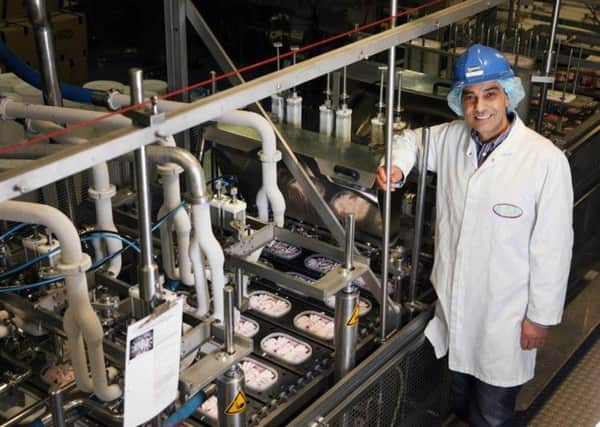BREAKING: Nestle ‘in talks to merge ice cream business with Yorkshire’s R&R’


The transaction is expected to result in a 50/50 joint venture with R&R, which is owned by French private equity firm PAI.
The venture would include Nestle’s global ice cream operations outside of Israel and the United States.
Advertisement
Hide AdAdvertisement
Hide AdCommentators said a deal is not certain, but if the venture goes ahead, the plan is for PAI to exit in a few years’ time and for Nestle to list the business.
R&R’s ice cream brands range from Cadbury Flake Cones to Rowntree’s Fruit Pastille lollies to Kelly’s Cornish ice cream. PAI purchased Leeming Bar-based R&R in 2013 from Oaktree Capital Management for around 850 million euros.
It was founded by Yorkshire James Lambert and is led by CEO Ibrahim Najafi.
Mr Lambert told The Yorkshire Post: “It’s a great thing. It’s just shows the strategy that R&R has continued to follow over 25 years has led to the formation of probably the strongest ice cream business in the world from its roots in 1985 in Yorkshire.”
Advertisement
Hide AdAdvertisement
Hide AdHe added: “It will produce a very long-term stable and productive business for employees, customers, shareholders and suppliers. It is absolutely the right thing.”
Mr Lambert said R&R would become the global footprint for the take-home business that the company has delivered so successfully.
Nestle’s ice cream business provides about $4 billion of its roughly $94 billion in annual revenue, and includes its own brand Nestle and Movenpick.
The Swiss giant’s ice cream operations in the United States, the world’s largest ice cream market, include brands like Edy’s and Dryer’s, but will be excluded from the venture.
Nestle and rival Unilever control about a third of the $67 bln global ice cream market, but changing tastes have increased competition and opened up the ice cream market to smaller players.